R.H. Whittaker organized organisms into five kingdoms. He classified organisms on the basis of cell structure, mode, and source of nutrition and body design. The five kingdoms proposed by Whittaker are Monera, Protista, Fungi, Plantae, and Animalia. Let’s learn about the animal kingdom i.e., kingdom Animalia.
Kingdom Animalia
Kingdom Animalia is composed of all animals. The animal kingdom is the largest kingdom among the five kingdoms. Animals are multicellular eukaryotes. But they don’t have a cell wall or chlorophyll like plants. Hence, members of the animal kingdom have a heterotrophic mode of nutrition. Kingdom Animalia has been classified into 10 different subphyla based on their body design or differentiation.
The different phylum of the animal kingdom are as follows:
- Porifera
- Coelenterata (Cnidaria)
- Platyhelminthes
- Nematoda
- Annelida
- Arthropoda
- Mollusca
- Echinodermata
- Hemichordata
- Chordata
Phylum Porifera
Porifera means organisms with holes. They are commonly known as Sponges. Features of the poriferan are:
- Non-motile, multicellular organisms with the hard outer skeleton.
- Have a porous body.
- Pores on the bodies create a canal system which helps in the circulation of substances.
- Not differentiated into head and tail; don’t have a well-developed organ or organ system.
- Include MarineHabitat.
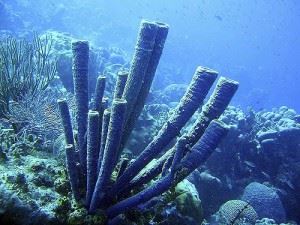
Example of phylum Porifera includes- Spongilla, Sycon, etc.
Phylum Coelenterata (Cnidaria)
The term Coelenteratais derived from the Greek word “kilos” which means hollow-bellied. Their features are:
- Have a hollow body cavity.
- The body is differentiated into two ends.
- Includes all aquatic animals.
- The body is made of two layers of cells: inner and outer linings.
- Live in colonies (corals) as well as solitary (Sea anemone).
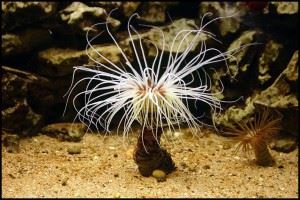
Example of phylum Coelenterata includes – Hydra, Jellyfish, etc.
Phylum Platyhelminthes
Platyhelminthes are commonly known as flatworms. Their features are:
- Dorsoventrally flattened body.
- Complex and have differentiated body structure.
- Tissues are differentiated from three layers of cells and are triploblastic.
- Don’t have true internal cavity or coelom.
- Have bilateral symmetry.
- Either free-living (Planaria) or parasitic (Liver flukes).
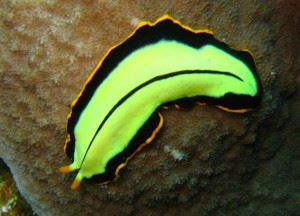
Example of phylum Platyhelminthes includes -Tapeworm, Planaria, etc.
Phylum Nematoda
Phylum Nematoda consists of nematodes or roundworms. Their features are:
- Nematodes have a cylindrical body.
- Bilaterally symmetrical and triploblastic.
- Have pseudocoelom, a false body cavity.
- Parasitic and causes diseases such as elephantiasis, ascariasis, etc.
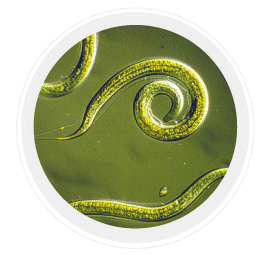
Example of phylum Nematoda includes – Ascaris, Wuchereria, etc.
Phylum Annelida
Annelids are commonly known as segmented or ringed worms. They have the following features:
- Have a segmented cylindrical body.
- The body is differentiated into head and tail.
- Bilaterally symmetrical and triploblastic.
- Have a true body cavity.
- Habitat: marine, freshwater, and land.
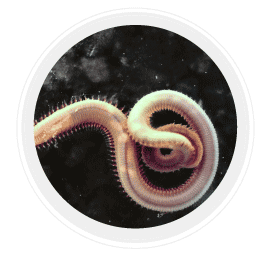
Example of phylum Annelida includes – Earthworm, Leech, etc.
Phylum Arthropoda
Arthropod means jointed legs. Animals which have jointed appendages belong to this phylum. This is the largest phylum in the animal kingdom. Other features are:
- They are bilaterally symmetrical.
- Have jointed appendages, exoskeleton, and a segmented body.
- Have well-differentiated organ and organ system.
- Have an open circulatory system, but don’t have differentiated blood vessels.
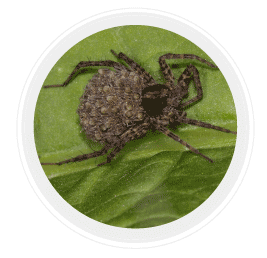
Example of phylum Arthropoda includes – Spiders, butterflies, and mosquitoes.
Phylum Mollusca
Phylum Mollusca consists of a large group of animals. Features are:
- Bilaterally symmetrical and triploblastic.
- Less segmented body.
- Well-developed organ and organ system.
- Open circulatory system.
- Limbs are present.
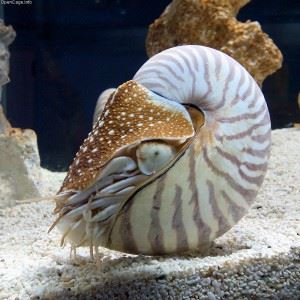
Example of phylum Mollusca includes- Snails and octopus.
Phylum Echinodermata
The term Echinodermata is derived from the Greek words, echinos meaning hedgehog and derma meaning skin. Thus, echinoderms are spiny-skinned animals.
- Radial symmetry and triploblastic.
- Have true coelom.
- Have hard calcium carbonate skeleton structure.
- Free-living marine animals.
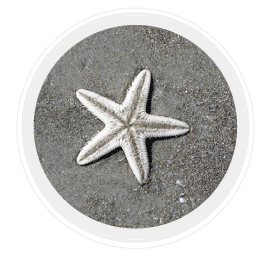
Example of phylum Echinodermata includes- Sea urchins, starfish, etc.
Phylum Hemichordata
The characteristics of phylum Hemichordata are as follows:
- The body is soft, fragile, and divided into proboscis.
- The epidermis is single-layered.
- It comprises worm-like marine animals with organ-system level of organization.
- They have an open circulatory system.
- They respire through gills since they are marine.
- They have separate sexes and external fertilization.
- Development is direct.
Phylum Chordata
The Chordates possess the following characteristics:
- They are bilaterally symmetrical, triploblastic with an organ-system level of classification.
- They possess a notochord and a nerve cord.
- The circulatory system is closed type.
Phylum Chordata can be divided into the following sub-phyla:
- Urochordata
- Cephalochordata
- Vertebrata
No comments:
Post a Comment